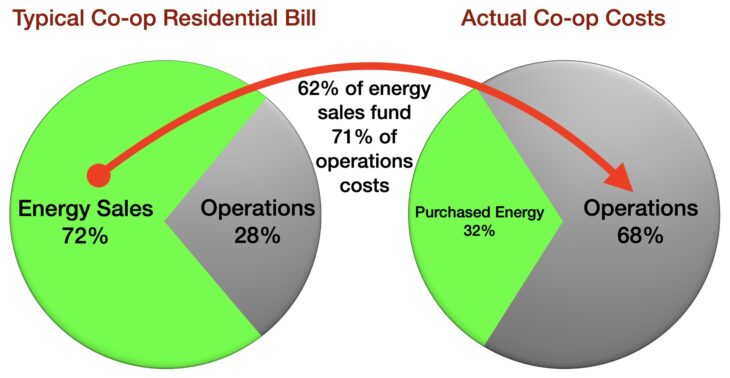Spring is here! Three Easy DIY Projects to Save Energy!
Winter weather can have a big impact on your energy bills, hitting your pockets a little harder than you would have liked. Now that spring is just around the corner, it’s the perfect time to tackle a few DIY efficiency projects for your home.
Impress your family and friends with the savvy energy saving skills! Here are three projects you can do now to start saving:
Make the Most of Your Water Heater.
Let’s start with one of the easiest projects: insulating your water heater. Insulating a water heater that’s warm to the touch can save 7 to 16 percent annually on your water heating bills. It should also be noted that if your water heater is new, it is likely already insulated. But if your water heater is warm to the touch, it needs additional insulation.
You can purchase a pre-cut jacket or blanket for about $20. You’ll also need two people for this project. Before you start, turn off the water heater. Wrap the blanket around the water heater and tape it to temporarily keep it in place. If necessary, use a marker to note the areas where the controls are so you can cut them out. Once the blanket is positioned correctly tape it permanently in place, then turn the water heater back on. If you have an electric water heater, do not set the thermostat above 130 degrees, which can cause overheating.
Seal Air Leaks with Caulk.
The average American family spends $2,000 annually on energy bills, but unfortunately, much of that money is wasted through air leaks in the home. Applying caulk around windows, doors, electrical wiring and plumbing can save energy and money. There are many different types of caulking compounds available, but the most popular choice is silicone. Silicone caulk is waterproof, flexible and won’t shrink or crack.
Before applying new caulk, clean and remove any old caulk or paint with a putty knife, screwdriver, brush or solvent. The area should be dry before you apply the new caulk.
Apply the caulk in one continuous stream, and make sure it sticks to both sides of the crack or seam. Afterwards, use a putty knife to smooth out the caulk, then wipe the surface with a dry cloth.
Weather Strip Exterior Doors.
One of the best ways to seal air leaks is to weather strip exterior doors, which can keep out drafts and help you control energy costs. Weather stripping materials vary, but you can ask your local hardware or home store for assistance if you’re unsure about the supplies you need.
When choosing weather stripping materials, make sure it can withstand temperature changes, friction and the general “wear and tear” for the location of the door. Keep in mind, you will need separate materials for the door sweep (at the bottom of the door) and the top and sides.
Before applying the new weather stripping, clean the moulding with water and soap, then let the area dry completely. Measure each side of the door, then cut the weather stripping to fit each section. Make sure the weather stripping fits snugly against both surfaces so it compresses when the door is closed.
By completing these simple efficiency projects, you can save energy (and money!) while increasing the comfort level of your home. And you can impress your family and friends with your savvy energy-saving skills.



